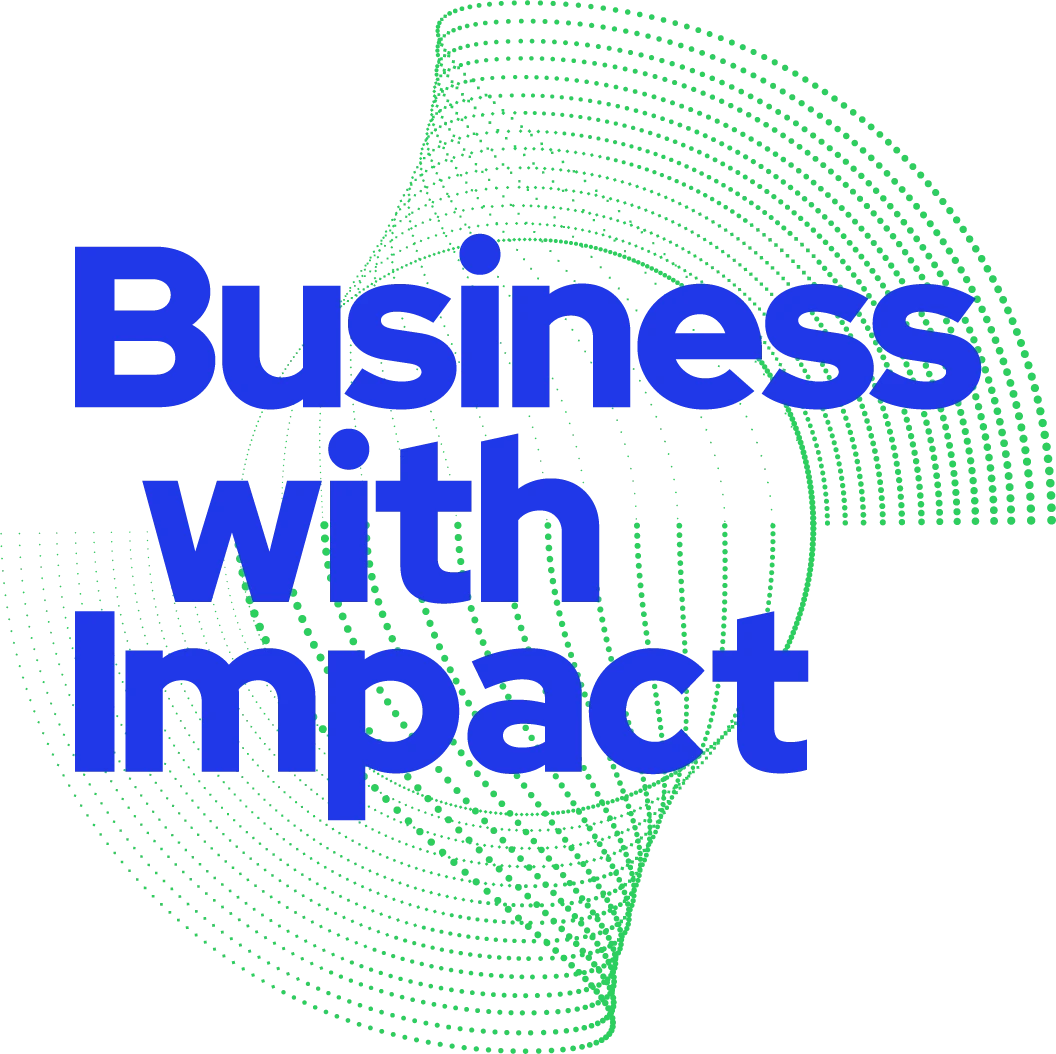Business is doing really good, but you are at a point where the capacity is maxed out and you either has to postpone delivery or turn new clients down. Recognize this picture? Frustrating on so many levels. You know you could have served more people, made more money, created more jobs but instead, you have to disappoint clients, perhaps even lower your standards, miss your financial targets and put your team in stressful situations. All because you struggle to get new great people to join the team.
Businesses in many sectors are screaming for talent. But talent is piccy and has always been so. They can choose where they want to work and thus, they are a strong marker for what your workforce prioritizes but only the best can actually demand. And right now, contribution beyond just the business itself is what attracts talent.
I have worked with sustainable business and circular economy for more than a decade. I have been in the engine room of more than 100 companies and discussed and extracted learnings from a significantly higher number of companies. This work has given me a unique insight into mistakes and solutions, and I now see patterns.
I will now give you three mistakes transformed into statements and three insights. And then I will give you a method to get you out of the mess you are in – one that can turn you into one of the most sought-after companies in your industry!
3 things to think about
Think about the following three statements. If you feel they resonate with you to some degree I highly recommend you read the last part about the method.
#1: Your current business strategy will drain you for talent!
Employees read the news about- and experience in real life, the escalation of extreme weather events. Climate change is happing in front of our eyes and more and more people are now somewhere between conscious and down-right worried or even anxious about the unsustainable path the world is on. They feel helpless and called to act somehow. They want to become part of the solution and for most people, the biggest leverage mechanism is their workplace.
So, if your company is not seen as part of the solution people will fancy another company. For the best employee, this means stop saying no to offers or start reaching out to your competitors and soon hereafter they are off.
If you don’t have sustainability integrated into your core strategy and push the envelope you will drain your organization of the best people.
“50% of millennials in the UK would consider transitioning to another and more sustainable company. Across age groups, the number is 28%”
— Totaljobs
#2: If you are not sustainable you are invisible
The average workplace will not appear on the radar of between half and two-thirds of the talent pool if they are not actively engaged in sustainability! That is before you enter the competition in your sector about benefits, opportunities for personal growth, and career pathways.
In a business environment like today, this is critical. Before COVID most people limited their job search to the amount of commuting time they were willing to put in daily. But the lockdowns have shown us that you can easily work for companies significantly further away as you can do most tasks remote and don’t need to be at the office every day. Thus, you compete with companies in a significantly larger geographic area than before the pandemic.
Not having a clear purpose, contributing to making the world a better place, and communicating about it will place you in the “not really interesting” group in the majority of the most interesting people out there. You will be filtered out!
“70% of employees will only stay if at a business long term if it has a sustainability agenda”
— Futerra
#3: Stick to the core or you are wasting your money
We all want authentic and solid action – not window dressing. This goes for talent as well and because they are smart, they will cut through the noise and see your effort for what it really is.
Many business leaders don’t master sustainability as a discipline and shy away from engaging it. As a consequence, sustainability never gets to be part of the core strategy. Thus, the actual initiatives are in the outer ring of the business where there is less risk and less impact, and fewer rewards as well.
This approach often means that the core business stays the same even though sustainability flagship projects or similar are conducted. Makes me think of the famous quote: It is like rearranging the chairs on the deck of the Titanic. It doesn’t lead to any real results. And no significant results = no interest from the talented people, because who what’s to work with something that leads to no real results?
“Roughly two-thirds of respondents said they care more about sustainability now than three years ago, with almost that many saying sustainable business is extremely important to them. Interest peaks among employees between 36 and 40 — a young group but not the youngest”
— Bain & Company
5 steps to make your business a magnet for talent
All of this might sound harsh, and you might be asking yourself how am I supposed to deal with this? There are five principles you need to cover for you to really get success with circular economy in your business. As you go through them you will handle all three of the problems above.
The five principles are: Mindset, Mission, Meaningful product, Massive action, and Maximizing reputation. I will unfold them a bit here and if you want more then come back as I will cover them more in-depth in separate blog posts in the weeks to come.
- Mindset is what I often refer to as the mental transition. And this always comes before the green transition. The essence here is to thoroughly understand and comprehend that sustainability is a business agenda and the results emerge as lover costs, access to new markets, innovation, job creation, increasing sales, better investor relations, and attracting and maintaining talent. I recommend using the circular economy toolbox to create your outcomes as this is the most comprehensive and easiest to connect to the world of business toolbox amongst the different sustainability toolboxes.
You should approach circular economy as a way of creating business results with embedded environmental impact – and not the other way around! Doing so will change your perspective and you will start to spot new opportunities.
Mission – this is where you create that appealing guiding star for both you and the world around you to see, where you are heading and what impact you will create. What positive change you will create. Why you are being in business and having success will lead to the world becoming a better place.
You will need a combination of what you know from a classic SWAT analysis combined with the essence of what initiatives you already have taken and who you actually are. Building on this is all about spotting the ideal position for you to fill that will create the most impact and business opportunities. This is the Why-part.
Meaningful product – this is the strategy part and an area where I see many business leaders get it wrong. The key principle here is to stay core. By that, I mean that you should focus on the core of what you do and upgrade that into a more sustainable version. You can find many companies that stick to their traditional product and then make some sustainability initiatives on insignificant products in the outskirts of the product portfolio. This is risky as you sooner or later will be called upon as not being trustworthy because you market an insignificant green product line but maintain business as usual with your core top-selling products.
You have the most to gain and minimize risk when you find better solutions to the products you are known for. And when you find a way to leave a positive mark on the world with your core product, you will also increase your total positive impact.
Massive action – this is where the rubber meets the road. It is not enough to talk, plan and strategize. You must act. Results are the language of business and of building trust. You can make the best and most appealing mission and make a great prototype, but if you are not delivering in the end, it will hurt your business.
Creating results shows you are serious about it and that you make your mission a priority. We are all business but what you focus on gets done, so a lack of results just proofs that you don’t really focus on the great appealing mission you talk about. So do something and make it count!
Maximize reputation – there is a widely used term out there saying that modesty is the best policy. That has for sure proven right for many companies over the years, but when it comes to sustainability today, this is a very risky approach. If you choose not to communicate about your effort around sustainability – most likely because you are afraid that people will criticize you for not having done everything you could right now, people around you cannot tell if haven’t done anything or just keep quiet about it. You will be mistaken for not doing anything and thus put yourself at risk of a brand-damaging campaign. I would say modesty is a high-risk approach.
On the other hand, once you have the four other principles in place you should start to communicate massively about your mission, results, and initiatives to gain attention and the corresponding credit. This is where you will start to get a lot of positive attention from clients, partners, and talent.
Maybe I should wait a bit….
“The best time to plant a tree was 20 years ago. The second-best time is now” as the Chinese proverb says. The same is true for engaging your business in sustainability. I will clearly recommend you start from the first of the five principles and evaluate whether or not you feel like you can tick the box on each of them and then go to work on the first one you realize you are not on track.
Most people that embark on the sustainability journey conclude that it takes a while to really master it. So no matter if you already feel pressed by requests, tough questions, and upcoming demands or not, I can only recommend you step up your game.
The good news is, that when you do you will realize that you are already sitting on a gold mine – you just need to extract it and put it in the right context. And doing so will make customers, partners and talent come easy.




